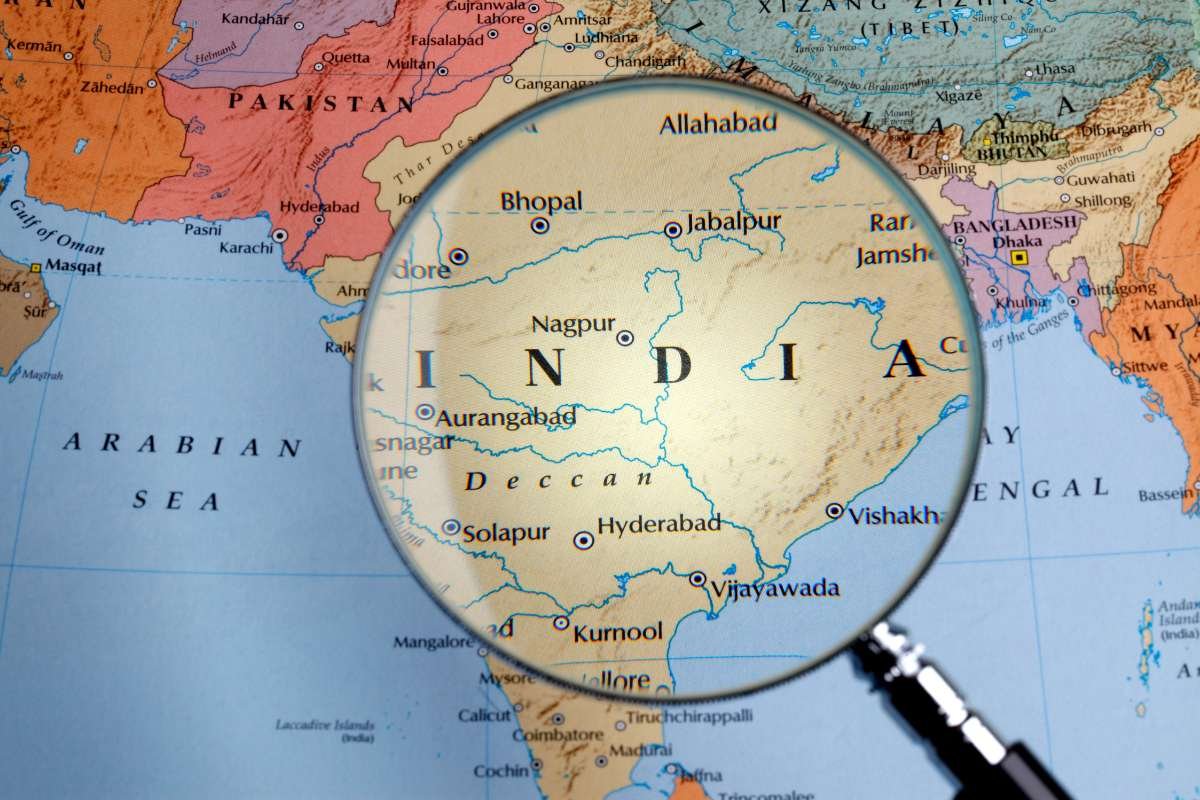Key Points:
- India economic growth 2025 is forecast at 7%, driven by domestic demand, infrastructure, and export diversification.
- Strong consumption and government spending are expected to sustain growth at 6.5% in 2026–2027.
- Export resilience and policy support position India to maintain momentum amid global uncertainties.
Moody’s Ratings on Thursday projected India economic growth 2025 at 7 percent, supported by strong domestic demand, infrastructure spending, and export diversification. The agency expects growth to moderate slightly to 6.5 percent in 2026 and maintain that pace through 2027.
In its latest Global Macro Outlook, Moody’s said India will remain the fastest-growing economy among G-20 nations, even as global growth trends remain subdued. The ratings firm noted that resilient private consumption and continued public investment in infrastructure will sustain the country’s economic momentum in the coming years.
“India’s economy continues to demonstrate robust fundamentals, anchored by consumption and government-led capital expenditure,” the report said. “We expect growth around 6.5 percent in 2026 and 2027, supported by a neutral-to-easy monetary policy stance amid low inflation.”
Steady pace through 2027
Moody’s pegged India’s real GDP growth for calendar year 2025 at 7 percent, up from an estimated 6.7 percent in 2024. The agency attributed this acceleration to ongoing infrastructure projects, steady employment gains, and favorable monetary conditions.
The report highlighted that despite some caution from private firms on new investments, government spending on roads, railways, and urban development continues to provide a strong foundation for growth. It also pointed to steady international capital inflows and investor confidence as factors helping to cushion external shocks.
Domestic demand drives expansion
Domestic consumption remains a central pillar of India’s economic performance, the agency said. With inflation under control and interest rates likely to remain stable, household spending is expected to stay strong. Moody’s noted that India’s large and youthful population continues to drive demand for goods, housing, and services, supporting India economic growth 2025.
The Reserve Bank of India (RBI) has maintained a neutral policy stance, balancing growth support with inflation management. According to Moody’s, this approach—along with fiscal measures targeting infrastructure and social welfare—should help sustain medium-term growth.
Exports show resilience
Indian exporters have remained resilient despite global headwinds. The agency observed that outbound shipments rose 6.75 percent in September, even as exports to the United States declined 11.9 percent due to 50 percent tariffs on selected goods. Moody’s said India’s growing trade ties with Southeast Asia, the Middle East, and Africa have helped offset declines in traditional markets.
Export diversification, coupled with policy initiatives such as the Production Linked Incentive (PLI) scheme, has strengthened India’s manufacturing and export base. These factors, the report added, position India to better withstand shifts in global trade patterns.
Global outlook cautious
On the global front, Moody’s expects steady but subdued growth over the next few years. Advanced economies are projected to expand modestly, while emerging markets—led by India—will continue to grow at a faster pace. The agency forecast global real GDP growth of 2.9 percent in 2024, easing to 2.6 percent in 2025 and hovering between 2.5 and 2.6 percent in 2026 and 2027.
For China, Moody’s projected 5 percent growth in 2025, supported by government stimulus and export performance, slowing to 4.2 percent by 2027. However, it warned that escalating trade restrictions have heightened the risk of US-China economic decoupling.
Moody’s concluded that while global growth faces headwinds from protectionism and geopolitical uncertainty, India’s diversified economy, stable macroeconomic policies, and structural reforms position it favorably to sustain India economic growth 2025 through 2027.
Visit Business Viewpoint Magazine to read more.






